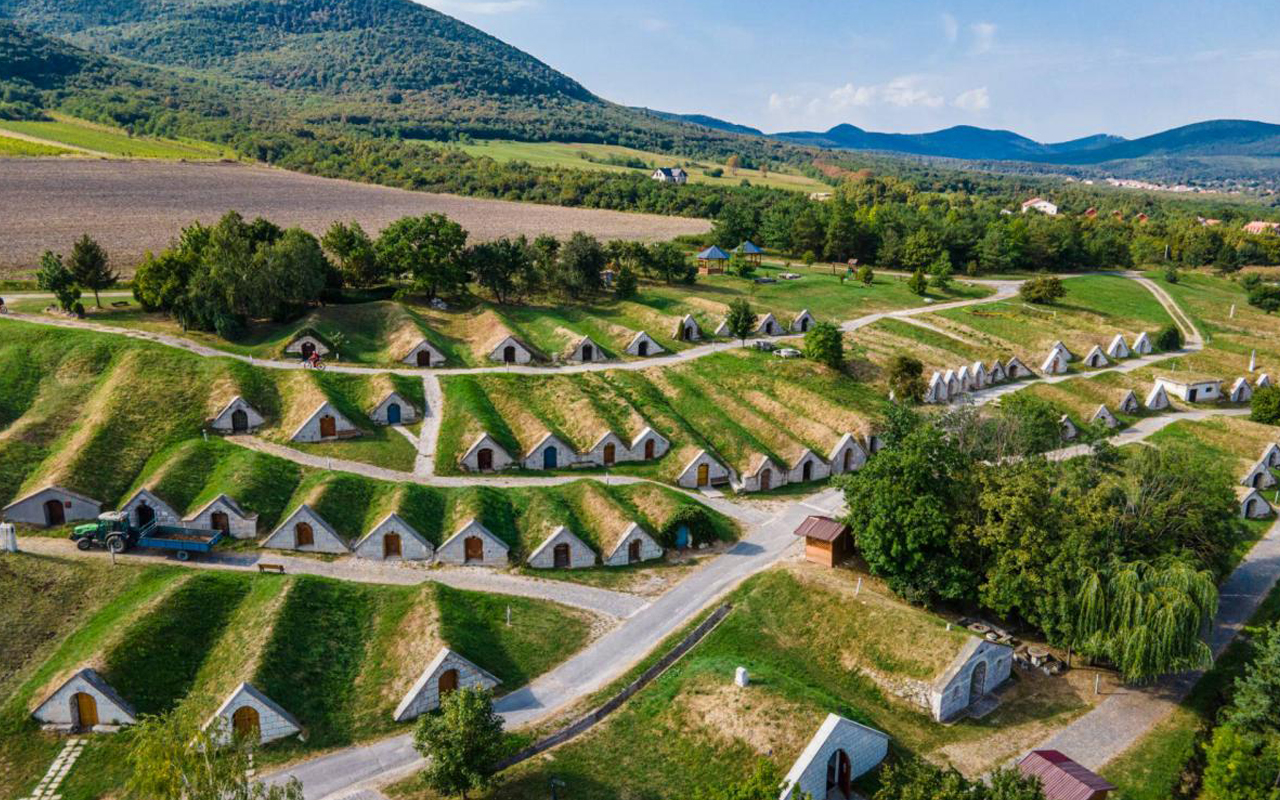Wine of kings, the king of wines. Tokaji Aszú wine is the only naturally sweet wine in the world.
Location
The Tokaj wine region is located in the north-eastern part of Hungary, in the triangle marked by Sátor Hill in Sátoraljaújhely, Sátor Hill in Abaújszántó and Kopasz Hill in Tokaj. Tokaj is a closed wine region, which means that grapes, must or wine from other areas cannot be brought here. With this, the wines of the wine region receive increased protection. The region includes 32 settlements. The current vineyard area is approx. 5000 ha.
History
There are countless historical documents about Tokaj’s past. Until the beginning of the 2000s, Tokaj was all about sweet wines. The earliest mention of Tokaj is found in Anonymus Gesta Hungarorum. This chronicle probably from the 12th century describes that when the conquering Hungarians came to this region, they drank a lot and got drunk every day. We can only guess whether it was from real Tokaj wine or kumis fermented from horse milk since the chronicle does not mention grapes.
The first mention of the Hegyalja grapes can be found in one of the certificates of king 4th Béla, granted in 1252. This also indicates that the depopulated landscape after the Tatar invasion was populated with Latin-speaking winegrowers. The first mention of the oldest known Tokaj vineyard, Hétszőlő, dates from 1502.
The beginning of the 16th century was a turning point in the life of the wine region. Not only because, according to research, they were already engaged in the production of Aszú wines at this time. But also because, from Szerémség, which was increasingly threatened by the Turks, and which at that time was Hungary’s number one wine region, it was then that the large landowners who had the means to acquire property in Tokaj and plant it with grapes began to organize the relocation of people who knew about grapes and wine and the equipment to Tokaj-Hegyalja.The region gained real importance from the second half of the 16th century as the model estate of the Rákóczi family. One of the important sources of income of the family that produced several princes of Transylvania came from the wine sold in Tokaj, and even Ferenc Rákóczi II was able to “finance” his fight for freedom against the Habsburgs from this income.
The first written mention of the Tokaj aszú dates from 1571. In the 1600s, more and more legal regulations dealing with aszú came into force. In the 18th century, the most important buyers of Tokaj wine were Poles and Russians. Czar Péter and Czarina Katalin found it so important to ensure their supply of aszú that they stationed a detachment in Tokaj, which also supervised the purchase and the security of the shipment.
A hundred years later, like other wine regions, phylloxera destroyed most of the plantations in Hegyalja, and after another 150 years, the Trianon peace decree caused the same. Socialist large-scale farming was a similar “blow” to the region’s quality winemaking.
In the thirty years that have passed since the regime change, a lot of capital has flowed into Hegyalja’s winery, and the desire to invest has not waned even today.
The eponymous settlement of the region is the city of Tokaj.
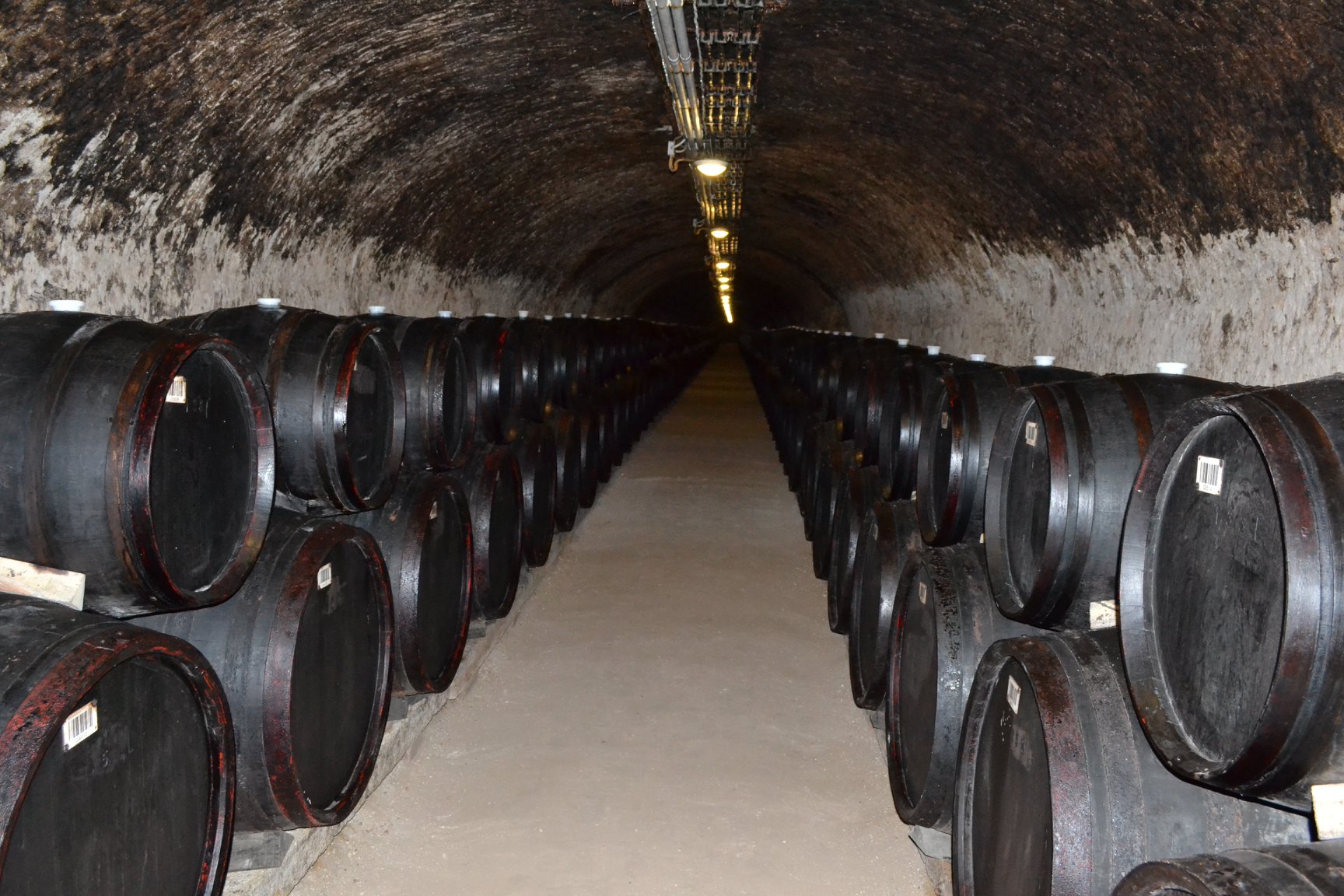
Soil
The volcanic activity that ended 9 million years ago in the local mountains created so many different rock types. Almost the entire range of volcanic rocks can be found here, which differ primarily in their silicon dioxide content: rhyolite, andesite, and even basalt. In some areas, even quartz crystals form the uppermost layers, which thus appear in the wine region in the form of loess or even sandy soils. However, these soils do not dry out in the deeper layers in the summer, so the plantations on them tolerate drought well.
Climate
Its climate is terrestrial and continental. The autumn is long and sunny, the mornings are humid, the number of foggy days is greatest at the end of October, and the summer is hot and rainy. The annual amount of precipitation is 500-7000 mm, the average annual temperature is 10.6 C, and the number of hours of sunshine is 1900. The southern geographic location of the grape-growing area and the mountain chain rising above the countryside to the north mean special protection for Hegyalja, which contributes to the development of a very favorable microclimate. The humid autumn weather is favorable for noble rot and wilting of the grapes. The humidity is facilitated by the microclimate provided by the nearby rivers, Bodrog and Tisza, and the fact that Hegyalja is a relatively wind-sheltered area. These two factors probably play a significant role in the development and spread of the special local fungal flora (botrytis).
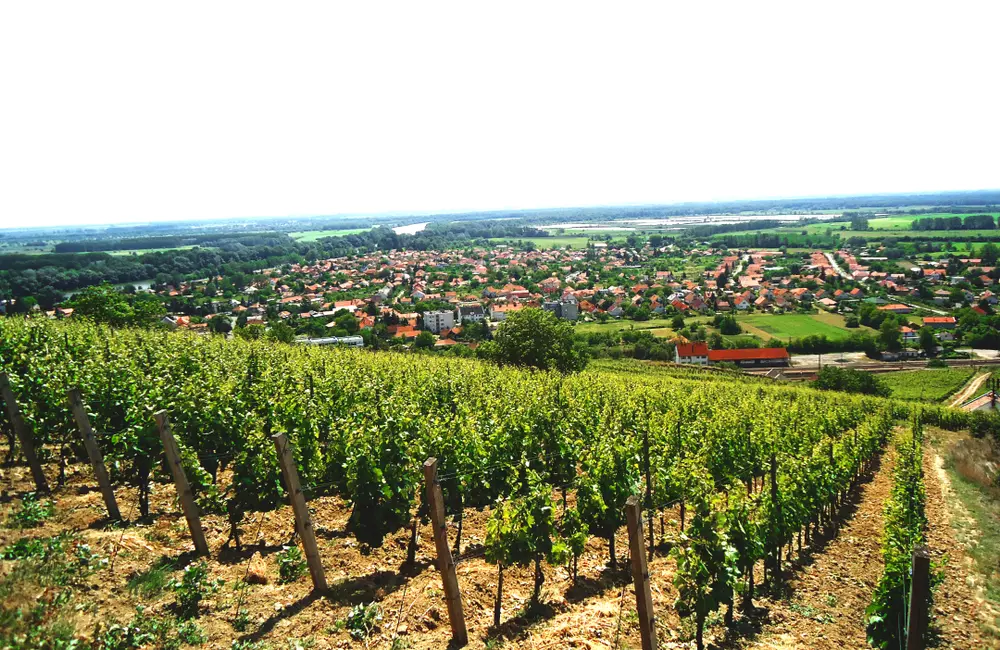
Grape varieties and wine styles
The cultivation of five grape varieties is permitted in the closed wine region. These are the Furmint, Hárslevelű, Sárgamuskotály, Zéta and Kövérszőlő.
Furmint: A typical Hungarian grape variety that accounts for 50 percent of the wine region. A grape with high yielding. Its cluster is medium-sized, and its berries are large and thick-skinned. It ripens late, but well. The acid and extract content of his wine is high, the aroma is medium, and the taste is characteristic.
Hárslevelű: It is found in 30 percent of the area. A grape with high yielding. Its cluster is large and long, its berries are medium and thin-skinned. It is late-ripening but ripens well. Wine with high acid and extract content, with a fine lemon honey aroma and flavor.
Sárgamuskotály: Its productivity is medium, its clusters are medium-sized, and its berry skin is thick. It is an extremely fragrant and tasty grape. It is cultivated in 15 percent of the area.
Zéta: Born from the crossing of Bouvier and Furmint grapes. Its cluster is small, with a thin berry skin. It ripens early and turns brown. A fragrant variety with high sugar content.
Kövérszőlő: Currently, it is not widely cultivated in the wine region, even though it is a native variety. It ripens late, but one or two weeks ahead of the main varieties. It grows very well but is extremely sensitive to the location of the plantation. Due to its large, elongated berries, the picking of aszú seeds is quick and very effective in good weather. The weight of its aszúberries can be up to three times that of Furmint. Its wine is flattering with a delicate acidity.
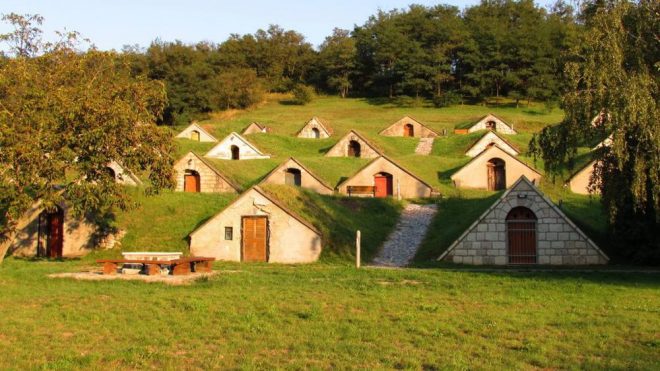
Tokaj is a wine region producing only white wine. Its dry wines are produced with high acidity, complex, characteristic aromas, and excellent structure. In cooler vintages, they can be tougher, but they are elegant. A dry wine from grapes that are not overripe and harvested without botrytis berries can be bottled with great value and decades of potential. It can be made from any approved Tokaj variety, but most often it is furmint or hárslevelű, or perhaps sárgamuskotály.
Depending on the sugar content, sweet wines can provide the highest degree of wine experience. The wines selected from each vineyard show different characteristics, according to the soil composition. Loess soils usually produce wines that are easier to ripen, friendlier, and often based on floral notes. Wines from most mineral soils need more time to show their best side. World-class wines can be made in part of the vineyards.
The most outstanding batches are usually barrel-fermented and matured. Malic-acid fermentation is rarely necessary, but the wines do not require a strong barrel character either. The real dry Tokaji is elegant, delicate to the touch, and lively. In its aroma, pear, quince, the sweet spiciness of cinnamon-clove-anise, and significant mineral-salty notes are common.
Late-harvest sweet wines can be made from grapes with good quality but not or only traces of botrytis, in suitable vintages. In the presence of botrytis, sugar and acidity are concentrated in the berries, so the Tokaj sweet wines are well-balanced and lively, with long-lasting fruitiness.
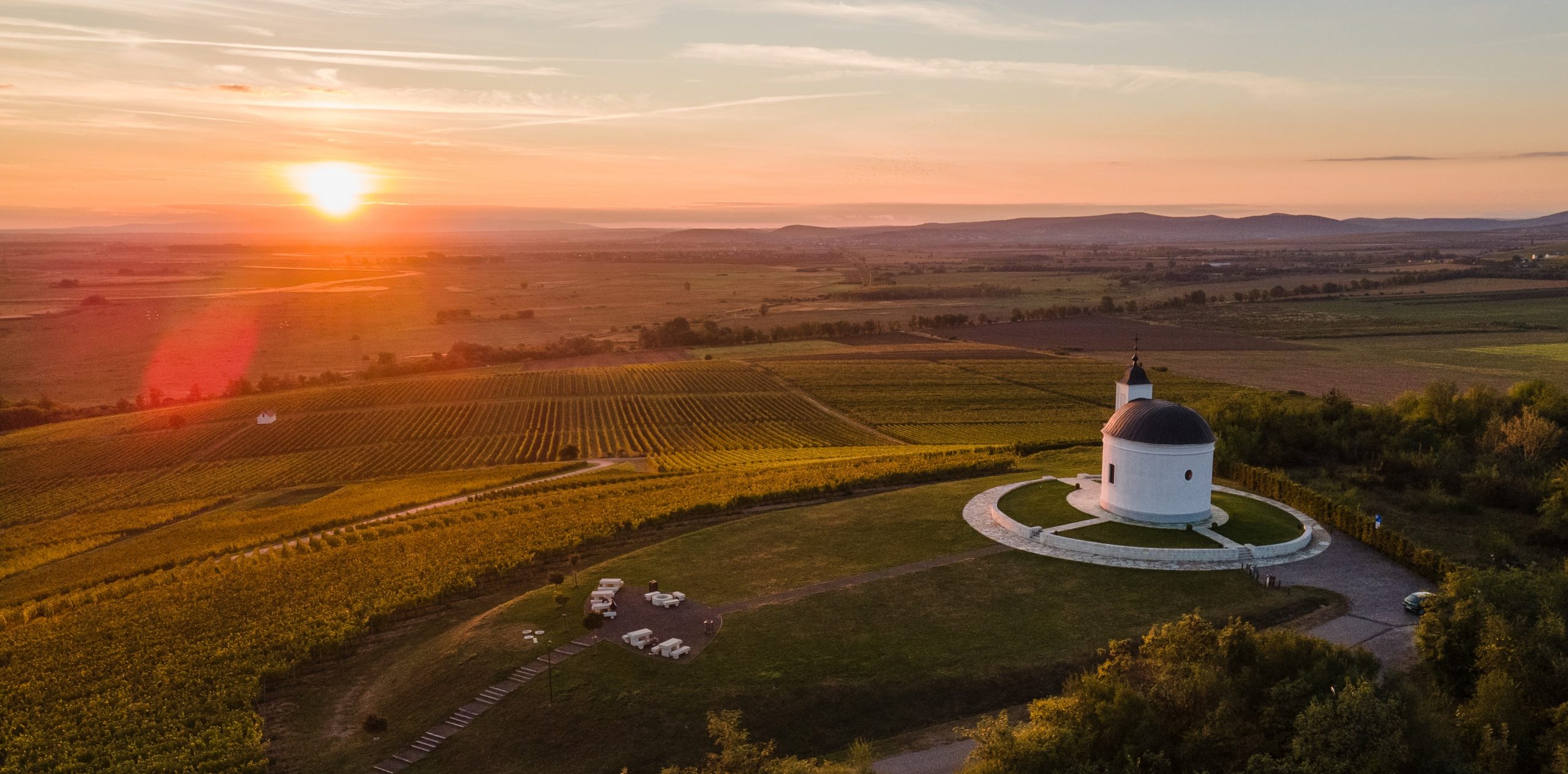
The way of born of these szamorodni wines:
The bunches, which are partly made up of berries with botrytis, are picked and soaked for a short time according to the usual dry wine making process, then fermented, aged, and bottled. The szamorodni must spend a minimum of six months in barrels. A dry version is sometimes made from it, which has a low residual sugar content and is made using an oxidative method. If the producer does not want to age this type of wine in barrels, or only for a shorter time, then this sweet wine can be marketed as a cuvée.
Making aszú wine is different in comparison. Here, in order to achieve greater concentration and complexity, a base wine is made, which can be anything according to the intention and vision of the producer. The best quality base wine of the aszú wines often shows the values of sweet szamorodni. For this, they add aszú grains picked one by one, which starts fermentation again. Thus, the individual selection and double fermentation will give a completely different character compared to Szamorodni and other Tokaj sweet wines. Due to the micro-oxidation, the aged aszú wines are also accompanied by real deep flavors.
The sweet wines of Tokaj are not dessert wines, rather they are balanced wines, often bearing terroir characteristics, which, by the way, also contain residual sugar.
